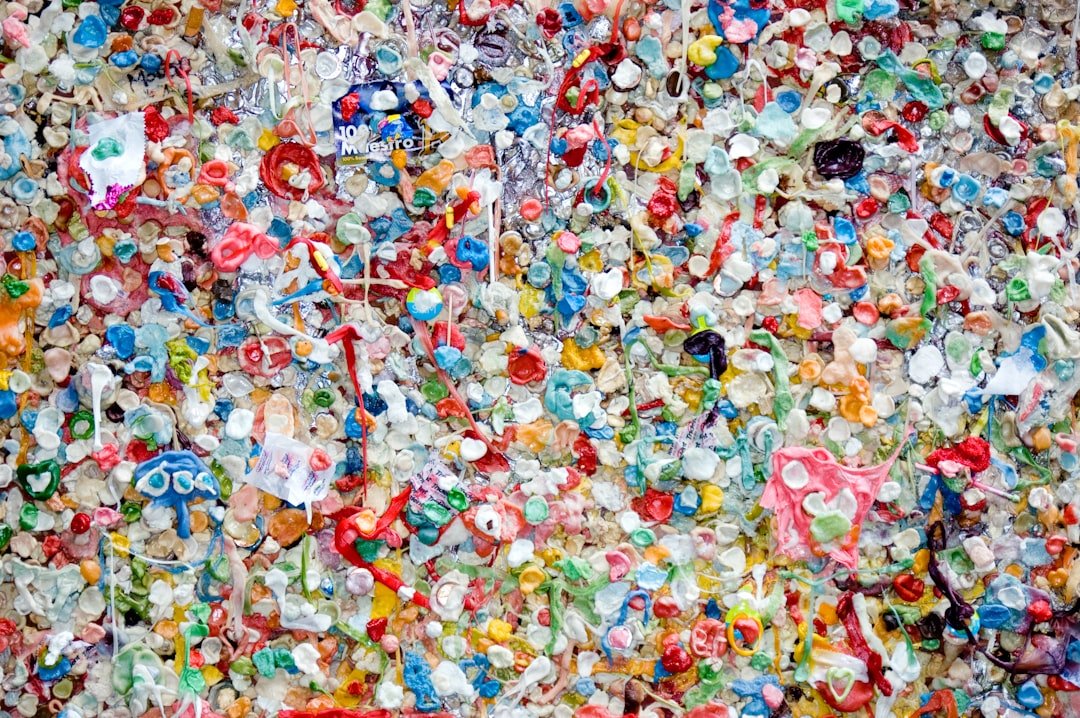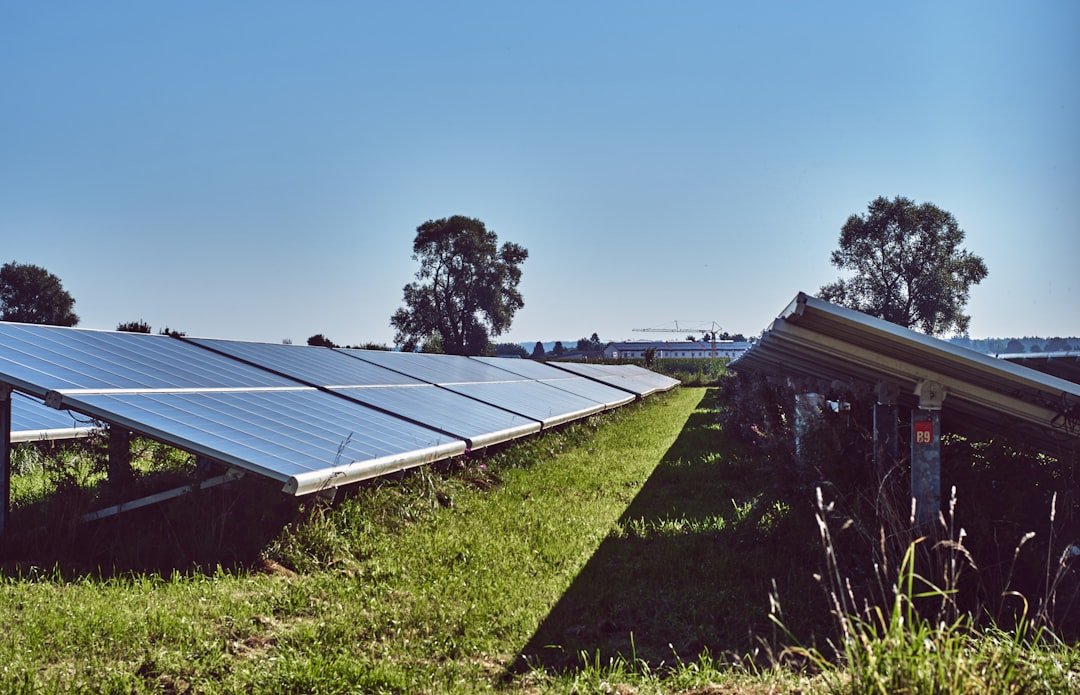In the last few decades, microplastics—plastic particles smaller than five millimeters—have become a major environmental concern. This highlights the urgency of addressing microplastic pollution in our oceans. Microbeads purposefully added to products like cosmetics and personal care items are among the tiny fragments, which are also a byproduct of larger plastic items decomposing. The prevalence of microplastics in many ecosystems, especially the oceans, has alarmed scientists, environmentalists, and decision-makers. Their widespread presence endangers human health, the integrity of the planet’s ecosystems, and marine life. The extensive use of plastic in contemporary society is where the journey of microplastics starts.
Key Takeaways
- Microplastics are tiny plastic particles that are less than 5mm in size and are a growing concern for marine ecosystems and human health.
- Sources of microplastics in the oceans include plastic debris breakdown, microbeads in personal care products, and synthetic fibers from clothing.
- Microplastics can have a detrimental impact on marine life, including ingestion, entanglement, and disruption of the food chain.
- Human health concerns related to microplastics include potential ingestion through seafood consumption and inhalation of airborne particles.
- Efforts to address the microplastic problem include research, policy changes, and technological innovations to reduce plastic pollution and clean up existing microplastics in the oceans.
When plastic products are thrown away, they weather physically and chemically from exposure to water, wind, and sunlight, eventually breaking up into smaller pieces. The enormous amount of plastic waste produced worldwide—millions of tons entering the oceans annually—exacerbates this process. Microplastics can linger in the environment for hundreds of years, building up in marine habitats & making their way into the food chain. This pollution has serious repercussions. There are numerous sources of microplastics, and each one adds to the expanding issue of ocean pollution. The decomposition of larger plastic debris, like bottles, bags, & fishing gear, is one of the main causes.
Microplastic particles are released into the water as a result of these items’ gradual degradation brought on by environmental factors. All marine environments, from coastal regions to the deep sea, are affected by this fragmentation process, which makes it especially worrisome. Runoff from cities, where synthetic fibers from textiles and apparel are washed away during laundry, is another important source of microplastics. A single laundry load can discharge thousands of microfibers into wastewater systems, which frequently lack the filtration capabilities necessary to capture these minuscule particles, according to studies. Also, it has been determined that microplastics entering marine ecosystems directly come from microbeads present in personal care items like toothpaste and exfoliating scrubs.
These products’ legacy still affects ocean health even though some nations have banned them. Microplastics have an alarming & complicated effect on marine life. These microscopic particles can be consumed by marine life, including plankton, large fish, & mammals, which mistake them for food. Because natural food sources are being replaced, this ingestion may result in physical harm like malnutrition or obstructions in the digestive tract.
| Country | Estimated Microplastic Pollution (tons/year) |
|---|---|
| United States | 100,000 |
| China | 70,000 |
| Indonesia | 30,000 |
| Philippines | 28,000 |
Microplastics can also contain toxic substances and pollutants that stick to their surfaces & enter marine animals’ bodies. Numerous species at different trophic levels can be impacted by microplastics, according to research. For example, microplastics can build up in the tissues of filter-feeding creatures like bivalves, which can subsequently be transferred to humans and other predators higher up the food chain. Although research into the long-term effects of this bioaccumulation is ongoing, initial results indicate that it may interfere with reproductive systems and cause population declines in some species.
Thus, as microplastics enter their habitats, the complex web of marine life is in jeopardy. Human health is affected by microplastic pollution in addition to marine ecosystems. Concern over microplastics’ possible effects on human health is growing as they make their way into the food chain through seafood consumption.
Research has shown that a variety of seafood products contain microplastic particles, which has led to concerns about the potential consequences of human consumption. Although the long-term health impacts are still mostly unknown, scientists are looking into possible connections between exposure to microplastic and a number of different health problems. In addition to being directly consumed through seafood, microplastics can also enter the body through the skin or through inhalation from contaminated products. For example, microplastics in the air can be inhaled through industrial processes or daily activities. These airborne particles raise questions regarding possible inflammatory reactions & respiratory health.
It is becoming more and more evident that public safety depends on knowing the entire range of health risks that microplastics pose to people. Numerous initiatives are being carried out at the local, national, and international levels in response to the escalating microplastic pollution crisis. Organizations & governments are starting to realize how important it is to implement comprehensive policies that reduce plastic waste & lessen its negative effects on marine environments. As part of larger environmental strategies, initiatives like encouraging recycling programs and outlawing single-use plastics are becoming more popular.
Also, scientific investigation is essential to solving the microplastic issue. Researchers are putting a lot of effort into creating novel approaches to identify and eliminate microplastics from aquatic environments. To aid in the cleanup of polluted waters, technologies like sophisticated filtration systems and bioremediation methods are being investigated.
Campaigns for public awareness also seek to inform people of the significance of embracing sustainable practices and minimizing plastic usage. Without major action, the future of microplastic pollution is still uncertain but becoming more and more worrisome. By 2040, the amount of plastic entering the oceans could triple if current trends continue, according to projections. This concerning prediction emphasizes how urgent it is to take immediate action to reduce the production of plastic & enhance waste management procedures worldwide.
The situation is likely to worsen if governments, businesses, and individuals don’t work together. There is, nevertheless, some hope as more people support change & raise awareness of the problem. Environmental conservation-focused grassroots movements are gaining traction by calling for stronger laws governing the production of plastic & promoting sustainable substitutes. To create a future where microplastic pollution is drastically decreased or even eradicated, cooperation between communities, legislators, and scientists will be crucial.
By making thoughtful decisions and taking proactive measures in their daily lives, people can significantly contribute to the fight against microplastic pollution. Cutting back on plastic use completely is one practical way to help. Using reusable containers, bottles, and bags can greatly reduce the quantity of plastic waste produced. Also, reducing dependency on single-use plastics can be achieved by selecting products with minimal packaging or those composed of sustainable materials.
Getting involved in neighborhood cleanup events or advocacy campaigns to lessen plastic pollution in their communities is another meaningful thing people can do. Getting involved with neighborhood environmental conservation groups can help strengthen group initiatives for cleaner oceans.
One cannot stress how urgent it is to address the microplastic pollution in our oceans. Human society must act quickly as these microscopic particles threaten human health and wildlife by infiltrating marine ecosystems. Although the causes of microplastics are numerous and intricate, there are solutions that call for cooperation from all sectors, including businesses, governments, scientists, and private citizens.
The burden of microplastics in the oceans may be lessened in the future by raising awareness and putting into practice practical measures to cut plastic waste at all levels. Action must be taken immediately to protect marine environments, which are vital for maintaining biodiversity & a healthy planet for coming generations.
Microplastics in the ocean are a growing concern for environmentalists and scientists alike. These tiny pieces of plastic, often less than 5mm in size, are causing harm to marine life and ecosystems. According to a recent article on EcoGuardians, efforts are being made to address this issue and protect our oceans. Researchers are studying the sources of microplastics and working on solutions to reduce their impact on the environment. By raising awareness and taking action, we can help mitigate the effects of microplastics on our planet.



